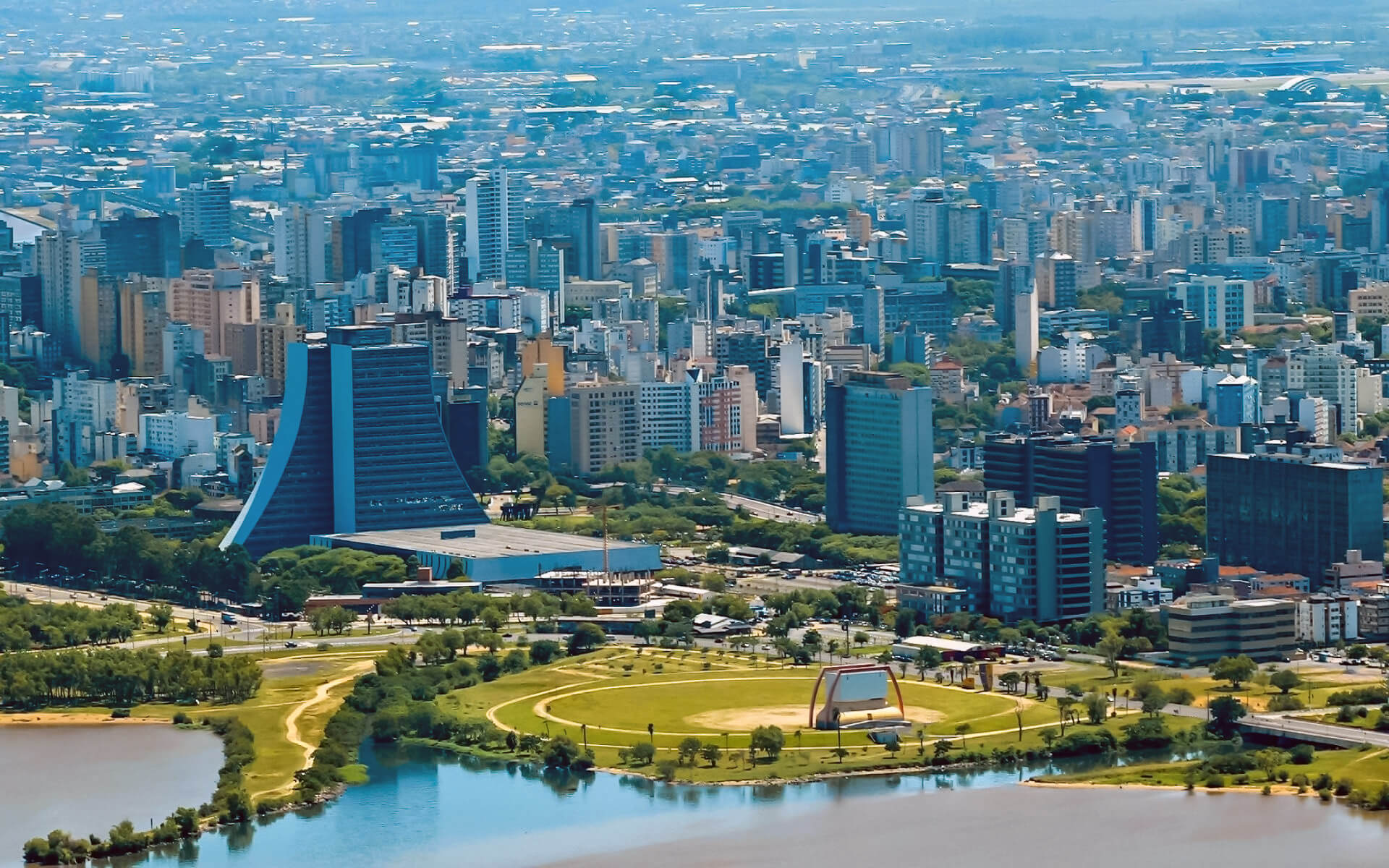Located at the confluence of five rivers, it has developed into a significant alluvial port as well as one of Brazil’s primary industrial and economic hubs. Porto Alegre exports products from the fertile agricultural and pastoral hinterland, including soybeans, leather, canned beef, and rice, to destinations as far afield as Africa and Japan.
According to SENAES (National Office of Solidarity Economy), a solidarity economy is defined as an ensemble of economic activities characterized by collaboration, self-management, economic viability, and solidarity. The office recognized 14,954 solidary firms in Brazil in 2005, including 85 in Porto Alegre.
Gerdau, Petroleo Ipiranga, Zaffari, and RBS are just a few of the major businesses in Porto Alegre. General Motors (GM) has been operating in Gravata, in the Metropolitan Region, since 2000. There is also a Petrochemical Pool in this Region, but in Triunfo, and Dell Computers has constructed a facility in Eldorado do Sul. In the health sector, three hospitals are regarded to be among the greatest in Latin America: Hospital Moinhos de Vento, a private, JCAH-accredited facility; Santa Casa de Misericordia Hospital; and Clinicas Hospital, a public facility. The latter are university-affiliated referral hospitals serving the Brazilian southeastern region. Commerce is a significant economic activity, with several shopping complexes (like Praia de Belas Shopping, Shopping Iguatemi and the smaller though posh Shopping Moinhos). The Porto Alegre Metropolitan Region is centered on shoe manufacturing (near Novo Hamburgo) and petrochemical sectors, as well as services.
The Electronics Technology Center (CEITEC) in the city, which is focused on the research and manufacture of application-specific integrated circuits (ASICs), announced the establishment of Latin America’s first integrated circuit design center today. To develop cutting-edge semiconductor products for high-volume markets in Latin America and beyond. CEITEC S.A. will propel Latin America’s electronics sector forward by capitalizing on Brazil’s regional influence, leadership, and economic power. The business plans to hire 60 engineers to build RFID, digital media, and wireless communication chips for its manufacturing plant, which is now ramping up for production. The Brazilian government has invested around US$210 million in total. The business is pursuing a fab-lite approach, with the goal of manufacturing analog/digital chips at its Porto Alegre plant. The company’s in-house design center, which employs over 100 engineers.
The rural hinterland produces a diverse range of agricultural and pastoral goods, including beef and skins, wool, rice, beans, cashews, avocados, wheat, grapes, and tobacco. Lumber is harvested from forests. The city’s industries are mostly focused on processing these items, including meat packing, lard refining, leather tanning, shipbuilding, and the manufacture of textiles, metallurgical goods, electrical and communications equipment, plastics, medicines, perfume, beer, and chemicals. Additionally, there are steel mills, an oil port, and a petrochemical complex located here. Electricity is generated by a coal mine in adjacent So Jerônimo and a hydroelectric facility in Salto. The city is home to several corporate and financial enterprises, as well as an educational institution.
The city’s GDP was R$30,116,002,000 (2006). The city’s per capita income was R$20,900 (2006).


